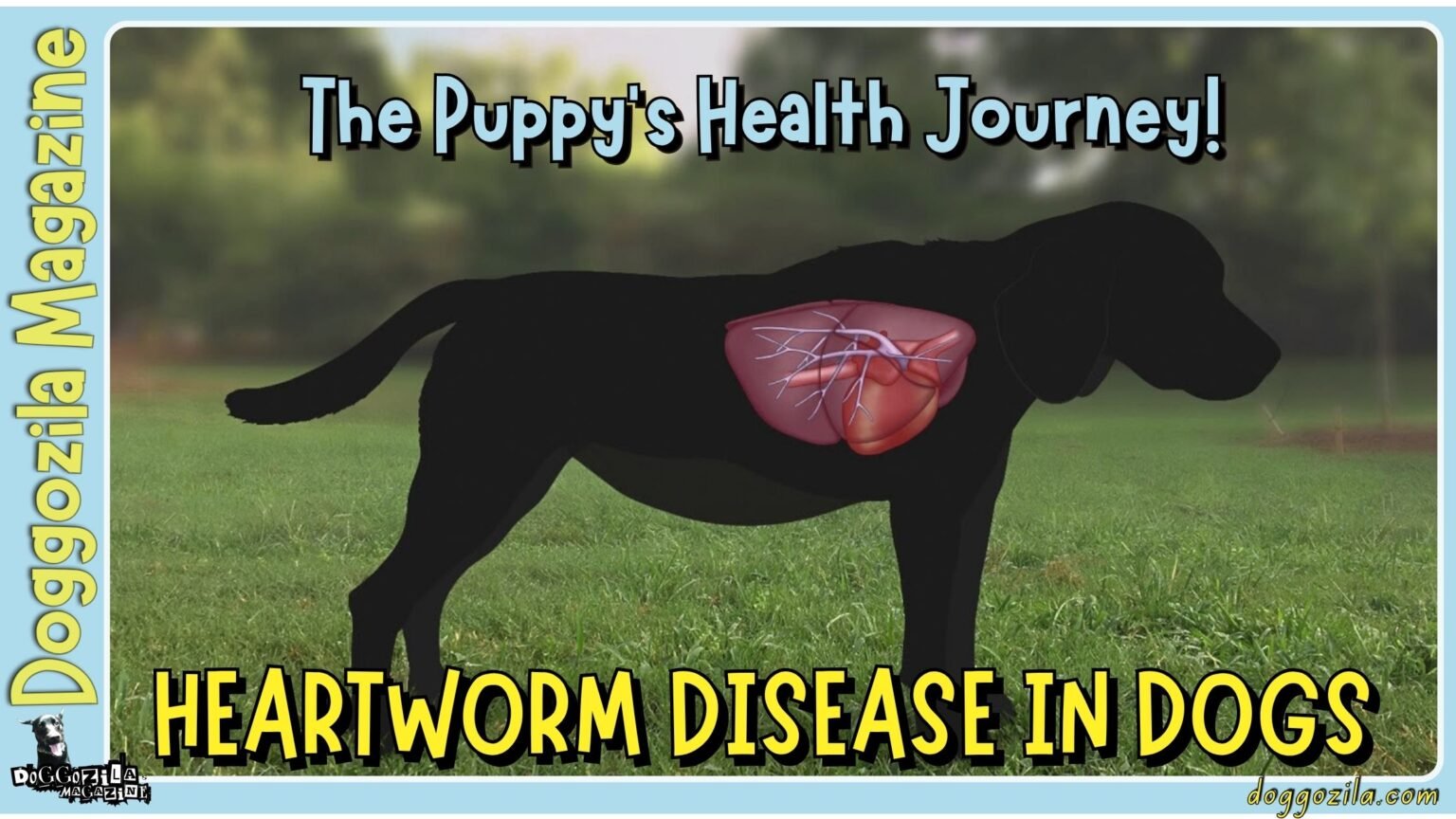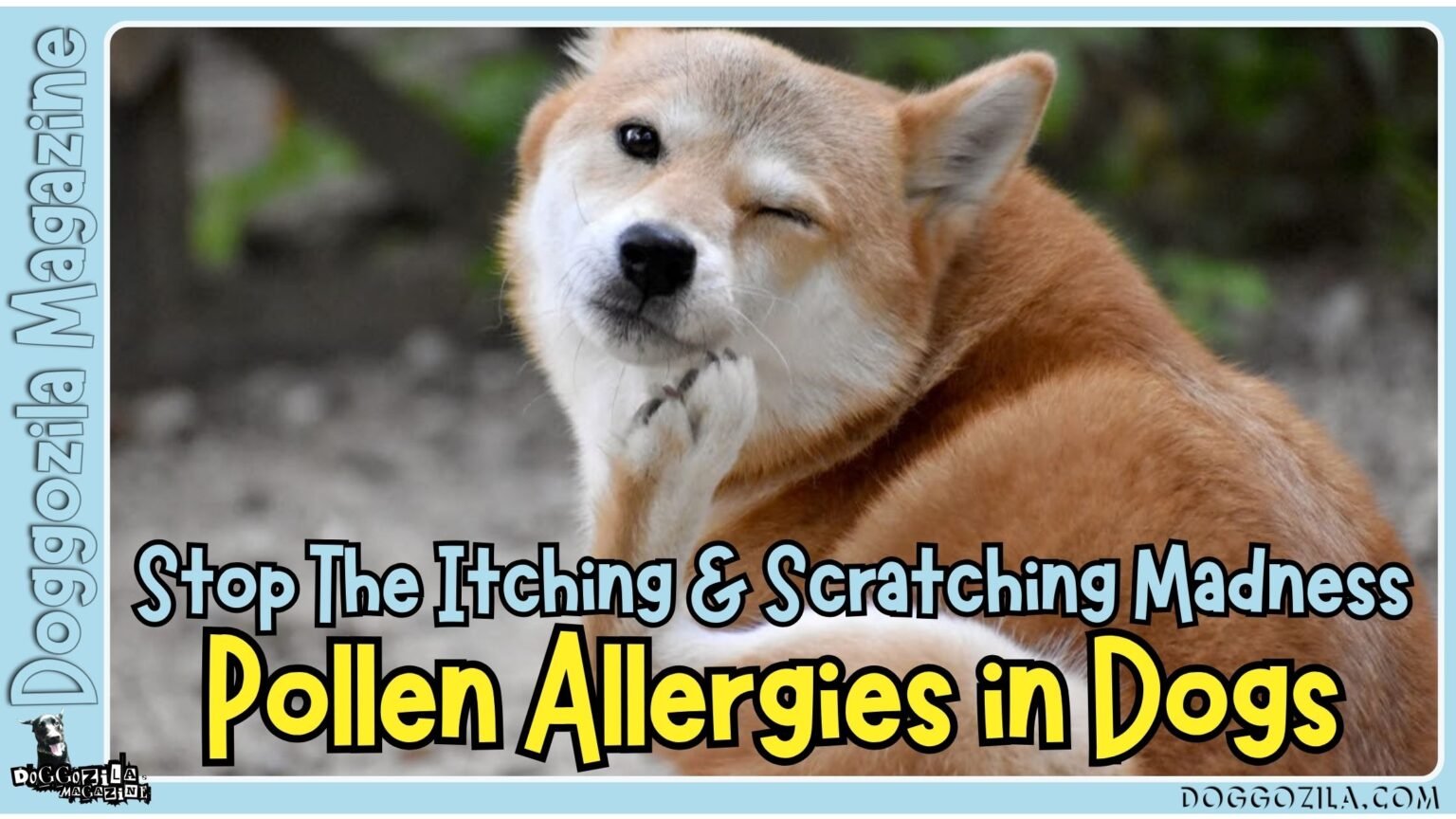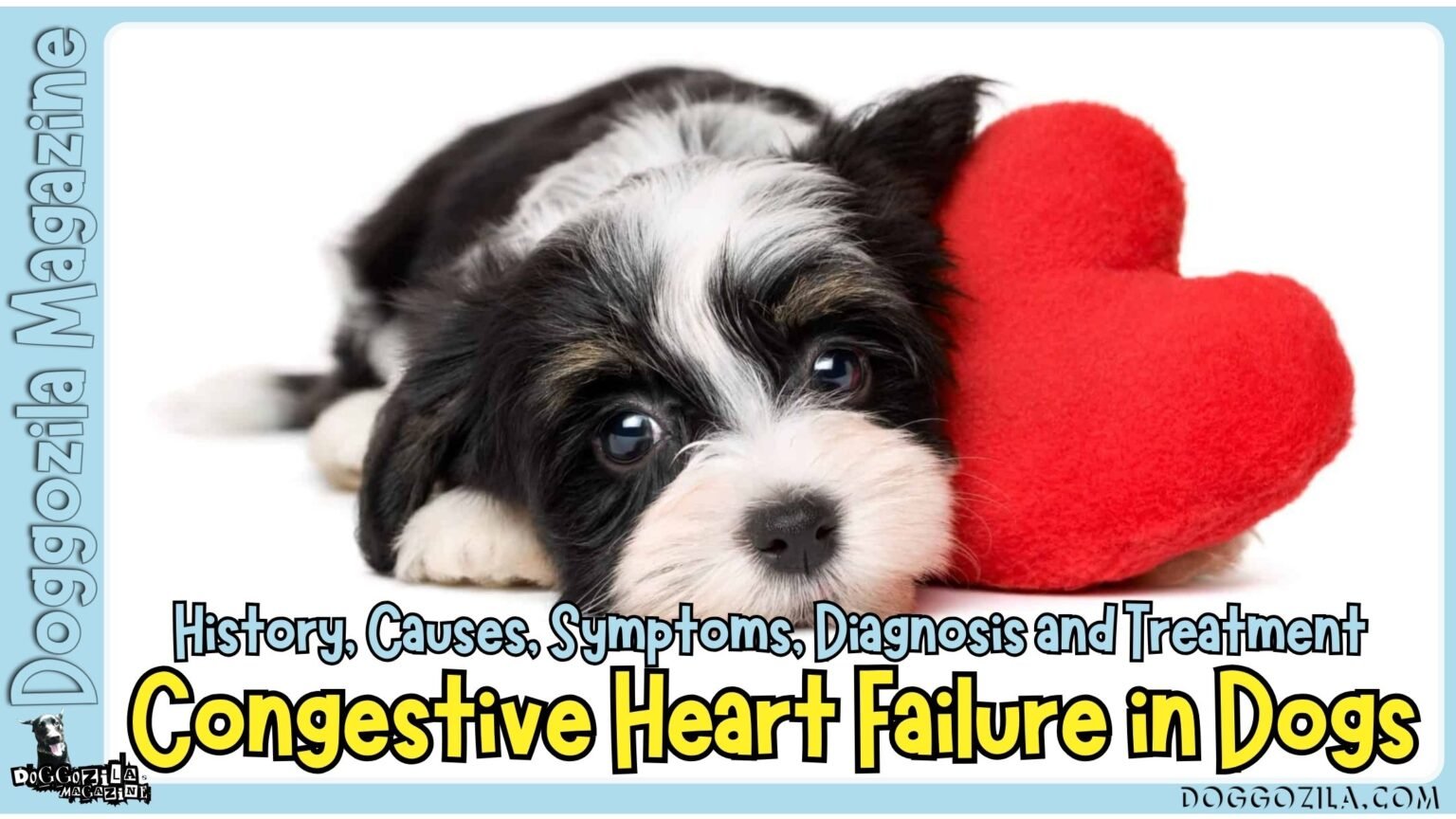Dog Diseases Topics
ESSENTIAL TOPICS PAGE FOR DOG DISEASES

UNDERSTANDING COMMON DOG DISEASES
Just like any family member, our furry friends can suffer from various health issues. Familiarizing yourself with common dog diseases is crucial for ensuring your pooch stays happy and healthy. From minor ailments to more severe conditions, knowing what to look out for can make all the difference in your dog’s life.
SIGNS YOUR DOG MIGHT BE SICK
Monitoring your dog’s health involves being attentive to behavioral changes. Dogs can’t communicate their discomfort in the same way we do. Look out for signs such as loss of appetite, lethargy, vomiting, excessive scratching, or unusual breathing patterns. These can be red flags pointing to underlying diseases.
Common dog diseases include:
- Canine Parvovirus
- Canine Distemper
- Kennel Cough
- Lyme Disease
- Ear Infections
If you notice any of these symptoms, it’s essential to consult with your veterinarian as soon as possible.
HOW TO TREAT DOG DISEASES AT HOME

While some dog health issues require immediate veterinary intervention, others can be managed at home with proper care.
Here are a few extra tips:
- Hydration: Ensure your dog has access to plenty of fresh water to stay hydrated, especially if they are experiencing diarrhea.
- Rest: Just like humans, dogs need downtime when they’re under the weather. Provide a cozy, quiet space for them to rest.
- Healthy Nutrition: Feed your dog easily digestible foods. Sometimes, bland diets can help soothe gastrointestinal issues.
- Medication: Never give your dog human medications unless directed by a vet. Stick to what your vet prescribes for specific conditions.
Prevention is the best cure!
Regular check-ups with your veterinarian and staying up to date on vaccinations are key for keeping your dog free from diseases.
THE IMPORTANCE OF REGULAR VET VISITS

Finally, regular vet visits keep your dog’s health in check. Even if your dog appears healthy, routine check-ups can catch diseases early. Don’t wait for symptoms to appear; proactive health measures can prevent many serious conditions.
Remember that being informed about dog diseases and how to treat them will allow you to be the best pet parent possible. Dogs bring us joy, and keeping them healthy is the best way to show gratitude for their companionship. Remember, a quick trip to the vet can save your pup from discomfort and help keep your best friend in great shape!
FIND BELOW A LOT OF ARTICLES ON THE TOPICS OF DOG DISEASE PROBLEMS BELOW AND BE INFORMED SO YOU CAN PREVENT OR TREAT ANY DISEASE!













